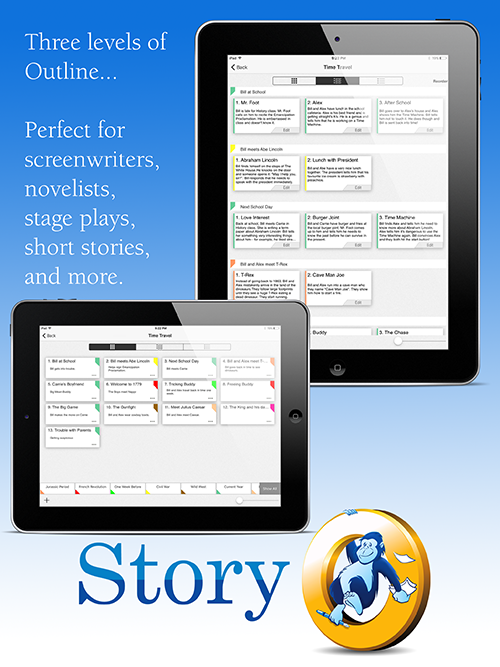As your character begins to come alive on the page (and on the screen!), you must then begin
to focus on one of the most important functions of your hero: audience identification. This means
that the audience (or the reader) must experience emotion through that character. If the character
succeeds in a task, the audience cheers - if they fail, the audience is disturbed and/or disappointed.
This is the most important aspect of your character: the audience or the reader MUST identify
with the hero of your screenplay or story.
Below you will find the 5 main principles you can apply to your hero to achieve this result.
In Iron Man, Tony Stark is captured by terrorists in the opening scene and is held prisoner.
Not only is he forced to create a missile using his own technology for the enemy, but the explosion
rendered his survival based on a car battery being hooked up to his chest. Immediately, we feel
sympathy for him, and want him to kick some bad guy ass.
If you can get the audience to feel sorry for the main character by making him or her the victim
of some undeserved misfortune, then you will establish a high degree of emotion, and
the audience will want the main character to overcome that obstacle.
Obviously, we can continue here with the Tony Stark example, but let's use another classic movie
to demonstrate this. In Die Hard, John McClane is trapped in a high rise building and his ex-wife
and dozens of innocent people are in imminent danger. He has no shoes, no gun, and has to take
out machine-gun wielding terrorists.
When the audience becomes worried about your character because of a dangerous or threatening situation,
you are creating audience identification on a grand scale.
This is obviously a no-brainer, but you would be surprised to see how many writers (professional ones who had their
screenplays made) miss the boat on this one. How many times have you watched a movie and said to yourself:
"I didn't really like the main character." To assure this doesn't happen to your main character, make sure that you follow at least one of these:
• Make the character a good or nice person.
• Make the character funny.
• Make the character exceptional at what he or she does.
Remember, you can make a hero out of ANY CHARACTER. There have been many villainous characters
that have been made "hero's". Think of Michael Corleone in The Godfather, or Michael Douglas's character
in Fatal Attraction. One was a slimy mob boss and the other an adulterer who cheated on his perfect, beautiful wife.
The hook is that you make the real evil character, a lot more evil.
Immediately after the lights dim and the credits role, the audience is looking for someone to root for.
Don't make them wait too long! In Star Wars, Luke Skywalker is introduced within the first 15 minutes of the film.
The audience knows immediately that he will be the hero that will eventually defeat Darth Vader and the Empire.
It's not the knowing that is a surprise, but the journey that the audience wants to experience.
Check out our iOS app for developing an outline for your story, StoryO for iOS click here for more information
or here for the desktop version.

StoryO for iOS: Available on the App Store

